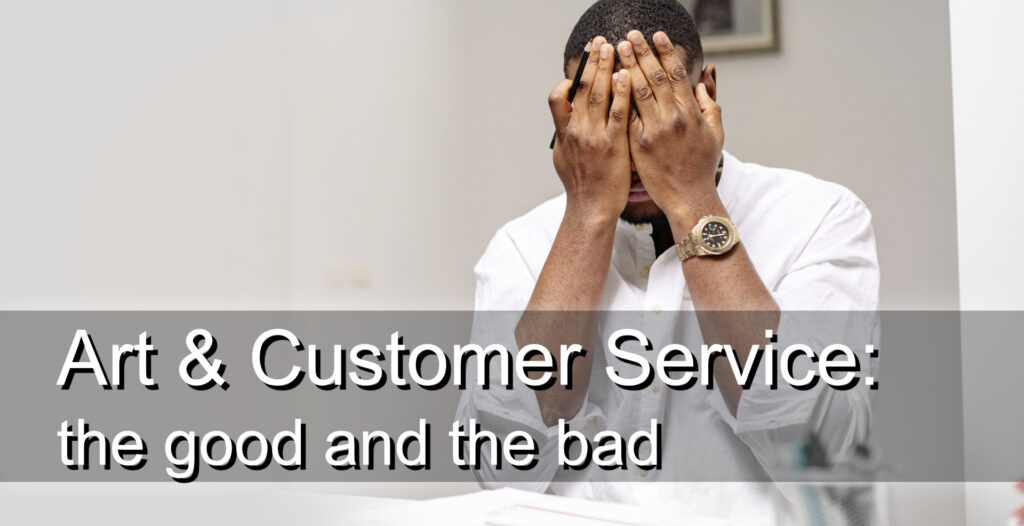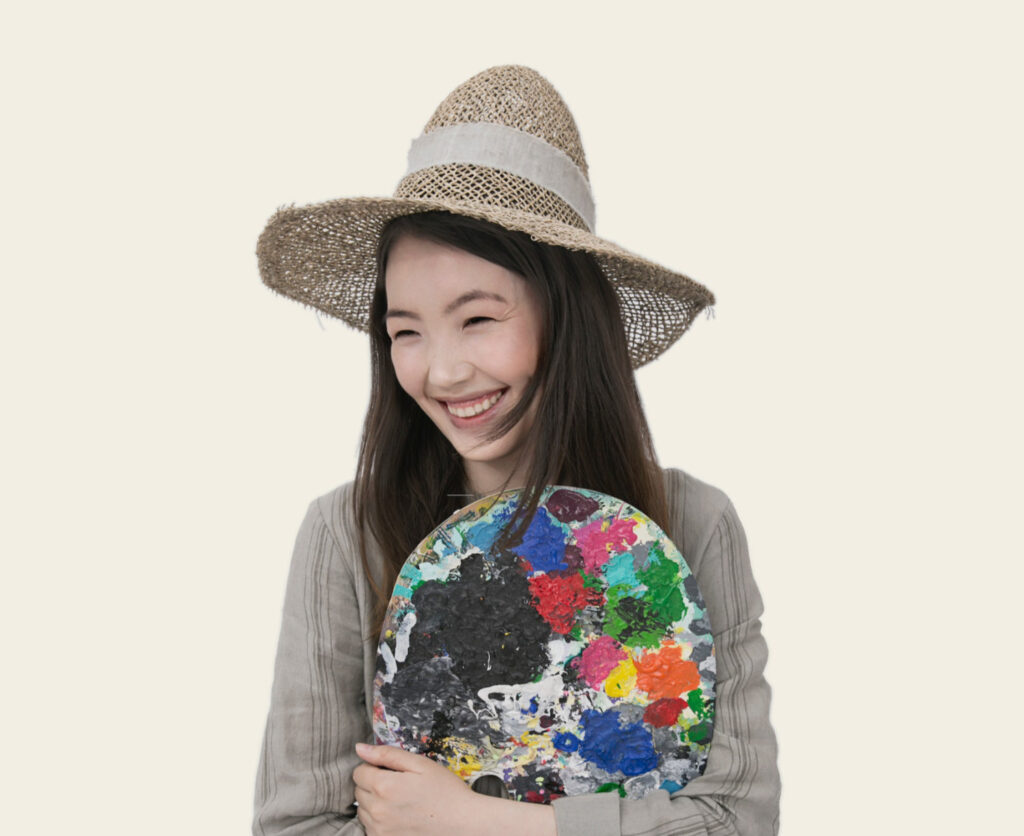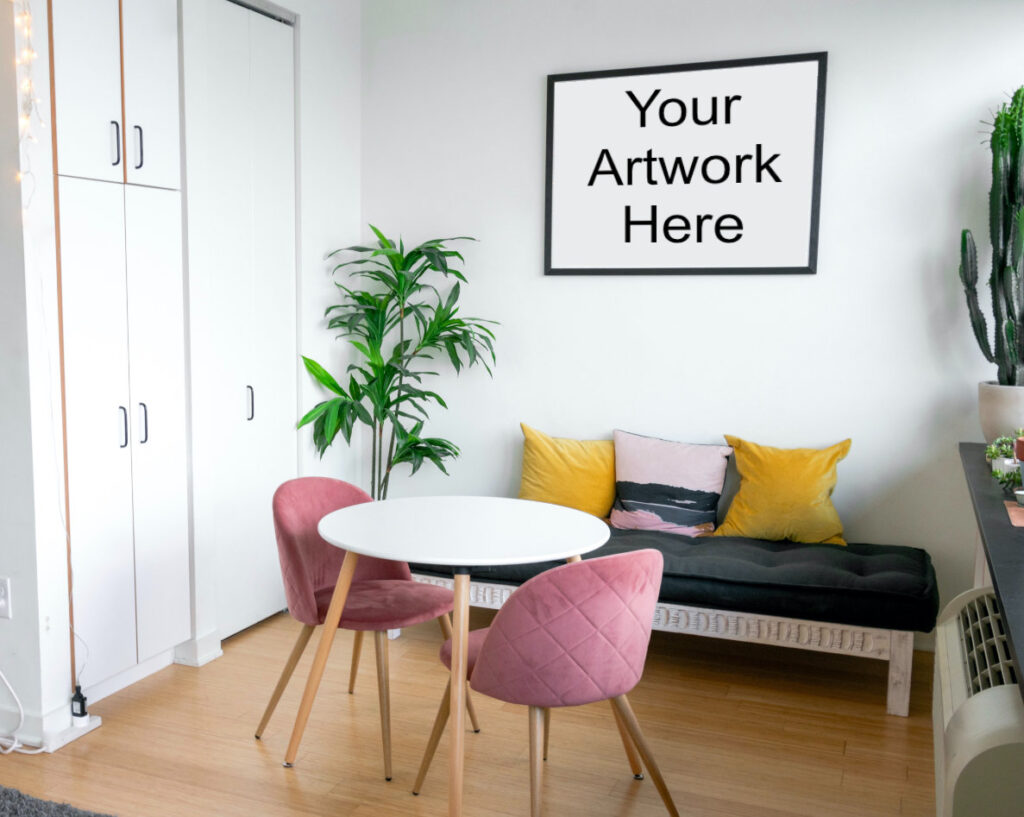
This year will be my fifth year selling artwork. I’ve interacted with thousands of people through art fairs, live streams, social media, and emails. And several hundred of these interactions have turned into commissions and sales!
But for every dozen pleasant conversations, there will always be one person who’s a ‘Negative Nancy’. When you share your art online or in-person, there is no way to filter out the rude from the nice. Part of being an artist is managing to navigate every type of interaction with politeness and professionalism.
What makes a bad customer?
Before I get into the traits of my favorite customers, let’s talk about the bad customers all artists will likely run into. A bad customer is easy to spot upon initial interaction. The number one red flag of a bad customer is their lack of respect for your time and skills.

When I first started sharing on social media, I would receive several messages a month from strangers who proposed a ‘trade’ of free artwork for exposure on their website/social media. Online exposure is not payment. Exposure from a third party will nearly always result in inadequate compensation. I used to write lengthy emails each time explaining that I don’t participate in exposure trades. After realizing that this category of people likely send the same email to hundreds of artists, I now opt to block, delete, and move on.
A bad customer may also use guilt as a tactic to have you severely discount your prices. I’ve received bizarre emails from people claiming to have a medical situation where somehow my artwork would cure their symptoms if I made it for free. (Unfortunately, my artwork does not cure medical conditions.)
In some cases, a customer may criticize your artwork in hopes that you’ll devalue your skills and give them a discount. If you, the artist, choose to offer any discount on your art, it should be entirely on your terms.
If I suspect the online interaction is spam, I won’t bother responding. Deleting and blocking is the fastest way to prevent similar messages from the same person in the future. However, if a potential customer starts insulting my work, the best way I’ve found to proceed is to redirect the flow of the conversation. I’ll simply state that my work isn’t a good match, and suggest a different platform to find an artist who can offer artwork that they’ll enjoy.
So…what’s a good customer?
My favorite customers are the clients that have been satisfied with their first commission and then come back a few months or a year later when they want to have a second or third piece done. Because we’ve built a relationship of respect and trust, my customers are already familiar with the ordering process. The planning stage with repeat clients typically takes half the time as a new customer.

A good customer is one of your best advocates when it comes to promoting your art to potential new clients. When your artwork is displayed in their home, it acts just like a billboard advertising your artwork to any guests who visit. If your customer loves the artwork, there is a high chance they’ll take a photo of it in their home and share it with their friends and family.

For the majority of inquiries I receive from potential customers, it’s their first time ordering a commission. Most people have at least a dozen questions about the process. I do my best to answer every aspect of commissioned work. Through the back and forth discussions, a potential customer may turn into a customer and an artwork sale.
One story I like to share is from my very first fair in 2018. I was very nervous the entire weekend, but I had some wonderful chats with dozens of strangers. One of them stood out because he enjoyed framing posters and we talked at length about framing and art supplies. Nearly two years later, the same person contacted me to do a portrait of their dog. They held onto my business card the entire time and then when they decided they were ready to order, they sent me an email.
As an artist, any interaction you have with people can end in multiple ways. Most times, your art might catch someone’s eye for a few seconds. Occasionally, there will be people who are interested and will take a business card, snap a photo of your art, bookmark your website, or follow your social media. And even rarer are people who fall head over heels upon first sight and immediately want to purchase your artwork.
With each interaction, I try to keep in mind that my first response will set the tone of the entire conversation. Custom artwork often has a lot of personal sentiment attached to it. In general, I’ve found that when I meet people in person, they have a stronger positive impression because they see how I work and my physical artwork on display. For those who have limited interactions through the internet, it takes slightly longer to develop a work relationship. In the end, a potential customer will turn into a customer only when they are confident that I can create their vision on paper.
Communication was something I knew would be important when I entered the art field, but it’s still very much an understated skill in the community. In a sea of artists offering similar products, the differentiating factor will often be customer service.
Have you had a difficult or wonderful experience communicating with a client? Share your stories in the comments